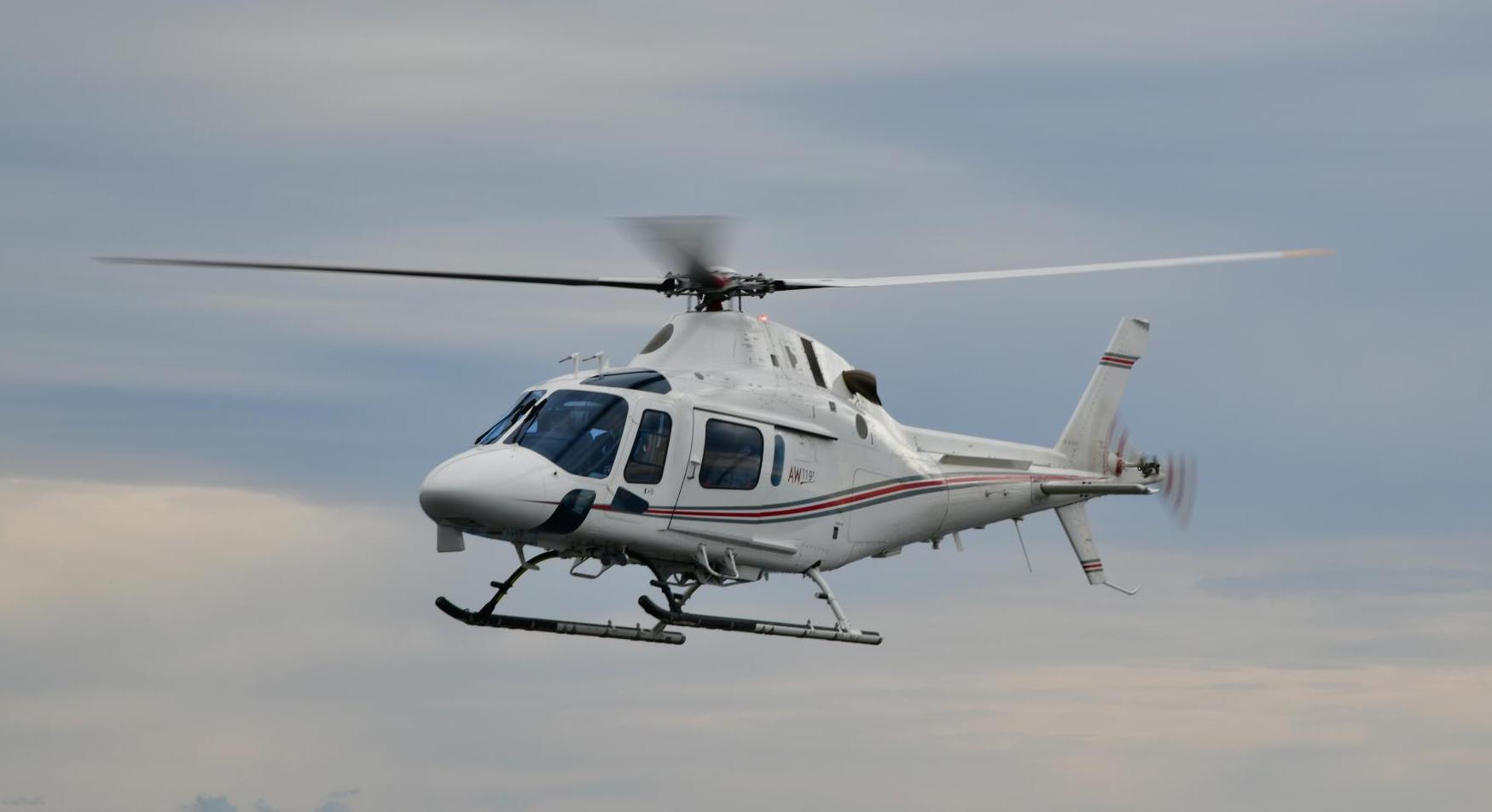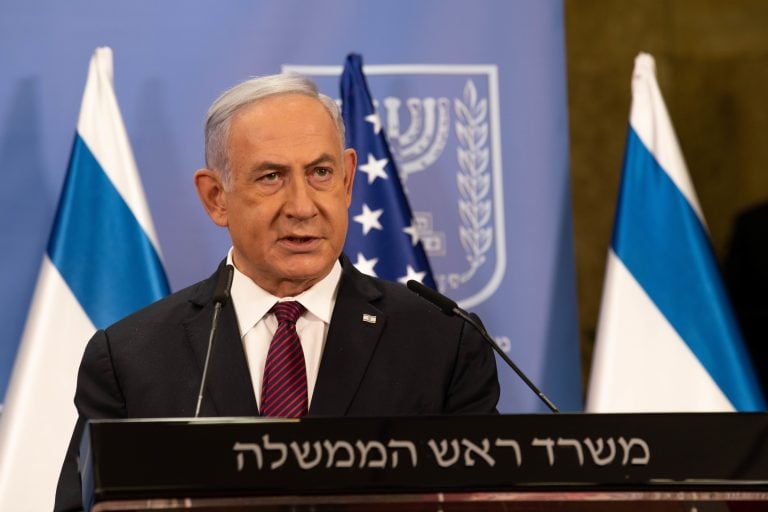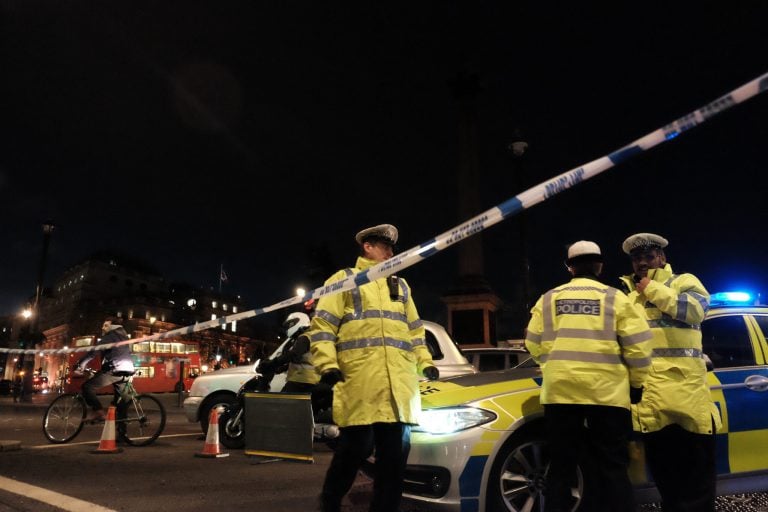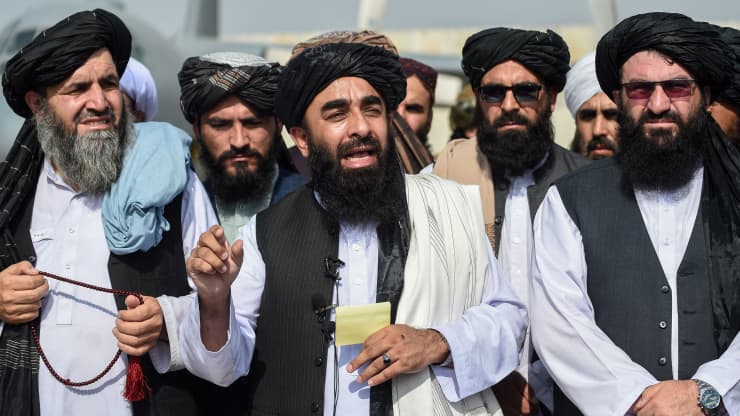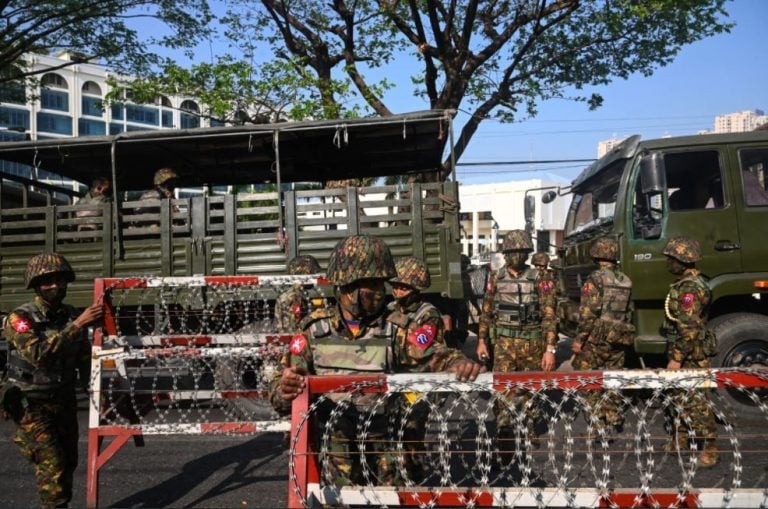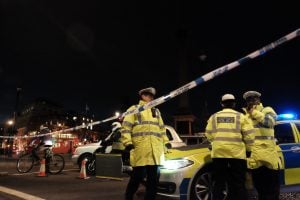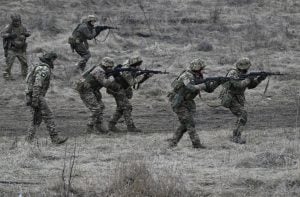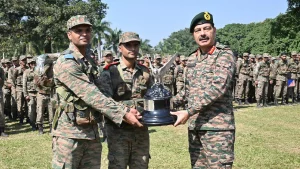Boeing and Leonardo have announced their collaborative bid for the U.S. Army’s Flight School Next training program, aimed at overhauling the existing helicopter pilot instruction system. This strategic partnership leverages Boeing’s expertise in training design and systems integration, particularly its experience with the AH-64 Apache. Boeing will focus on integrating simulators, live exercises, and instructor development into the training framework.
Leonardo, for its part, is set to contribute its AW119T helicopter platform, alongside maintenance and logistics support from its facilities located in Florida and Pennsylvania. Together, they propose a comprehensive contractor-owned, contractor-operated model that integrates aircraft, simulators, instructors, and advanced digital management tools. Their objective is to enhance flight hours, refine skill proficiency, and streamline logistics through automated maintenance and flexible scheduling, thus ensuring a more efficient training process.
This initiative signals a significant transition for the Army as it phases out the UH-72A Lakota fleet in favor of a training system that is more adaptable and representative of real mission scenarios. A key element of their proposal is the AW119T Training Helicopter, which is designed for both training and operational duties. Already operational in countries such as Israel, Portugal, and Spain, the AW119T is utilized for a variety of purposes, including pilot training, search and rescue, and surveillance missions.
The AW119T features dual flight controls, a digital glass cockpit, and night-vision compatible avionics, making it particularly well-suited for advanced training requirements. In the U.S. Navy alone, over 130 AW119Ts are currently in service, having collectively logged more than 100,000 flight hours—including significant missions under instrument flight rules.
The Flight School Next initiative is part of a broader strategy by the U.S. Army and other military branches to modernize pilot training in response to evolving battlefield demands. An important aspect of this modernization is the increased incorporation of synthetic training environments that combine virtual and live simulations to enhance readiness while optimizing costs.
The U.S. Air Force has similarly revamped its Undergraduate Pilot Training program, implementing virtual reality headsets, AI-based performance feedback mechanisms, and data-driven progress tracking. These advancements aim to reduce time spent in traditional classrooms, allowing trainees to spend more hours in high-fidelity simulators that can replicate various aircraft and mission scenarios.
Meanwhile, the U.S. Navy is also making strides in pilot and crew training modernization. Recently, the Navy awarded a $267 million contract to HII’s Mission Technologies division for the development of new training curricula, upgrades to learning management systems, and the provision of digital tools aimed at supporting career growth and operational readiness for future missions.
Through such collaborative efforts and innovative approaches, the U.S. military seeks to ensure that its aircrews are better prepared for the complexities of modern warfare.
